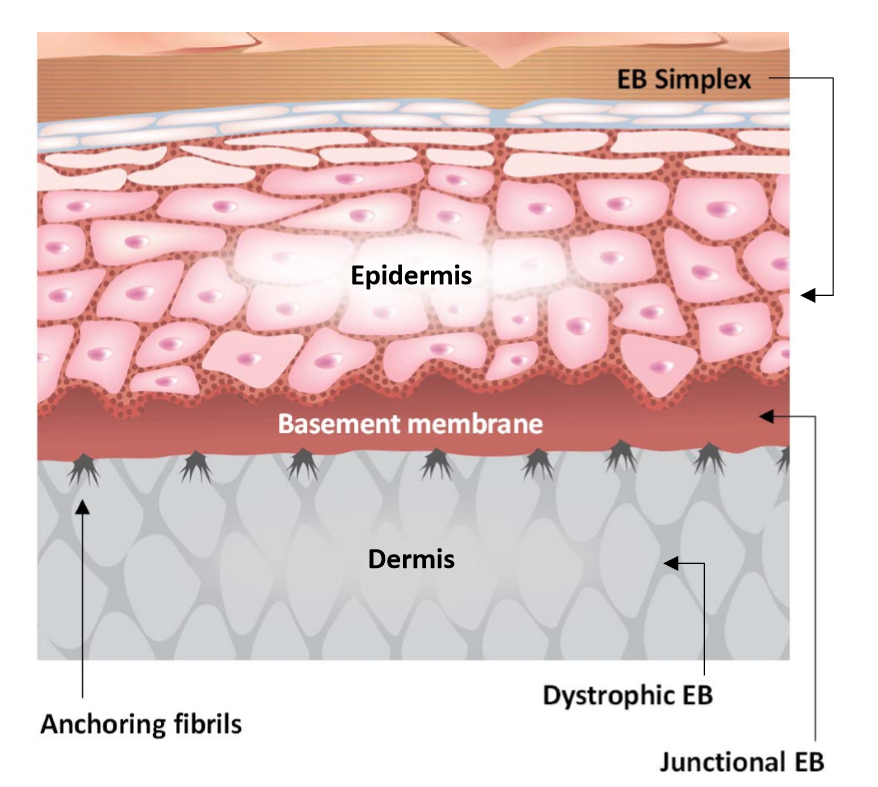
Stem cells cure deadly human skin disease
For the first time researchers at universities Bochum (Germany), Salzburg (Austria), and Modena (Italy) have shown that autologous transgenic keratinocyte cultures can regenerate an entire, fully functional epidermis on a seven-year-old child suffering from junctional epidermolysis bullosa (JEB).
The severe and often lethal – 40% of patients die before adolescence – genetic disease affecting 500,000 people worldwide, is caused by mutations in three genes (LAMA3, LAMB3 and LAMC2) encoding the basement membrane component laminin-332 and leads to chronic wounds to the skin and mucosa, which end up in skin cancer. As reported in Nature, the team headed by Sergio Bondanza and Michele De Luca genetically engineered cultured primary keratinocytes taken from a biopsy of the boy by transducing full length LAMB3 cDNA through a retroviral expression vector. Cultured transgenic epidermal grafts, enough to cover all of the patient’s denuded body surface, were applied sequentially on a properly prepared dermal wound bed without causing clonal selection and restored an epidermis virtually indistinguishable from normal skin.
Clonal tracing showed that the human epidermis was sustained not by equipotent progenitors, but by a limited number of long-lived stem cells, termed holoclones, that can extensively self-renew in vitro and in vivo and produce progenitors that replenish terminally differentiated keratinocytes. The regenerated functional epidermis remained robust and resistant to mechanical stress and did not develop blisters or erosions during the 21-month follow-up.
To date, this therapeutic approach, which had been applied in Phase II studies, was supposed unsuitability for the massive skin lesions marking generalized JEB. Now, having demonstrated the opposite, the researchers say their study provides a blueprint that can be applied to other stem cell-mediated combined ex vivo cell and gene therapies.



 Photo from Shawn Day on Unsplash
Photo from Shawn Day on Unsplash 